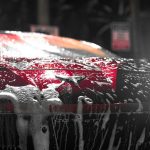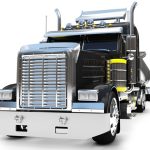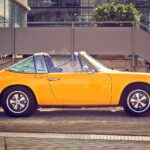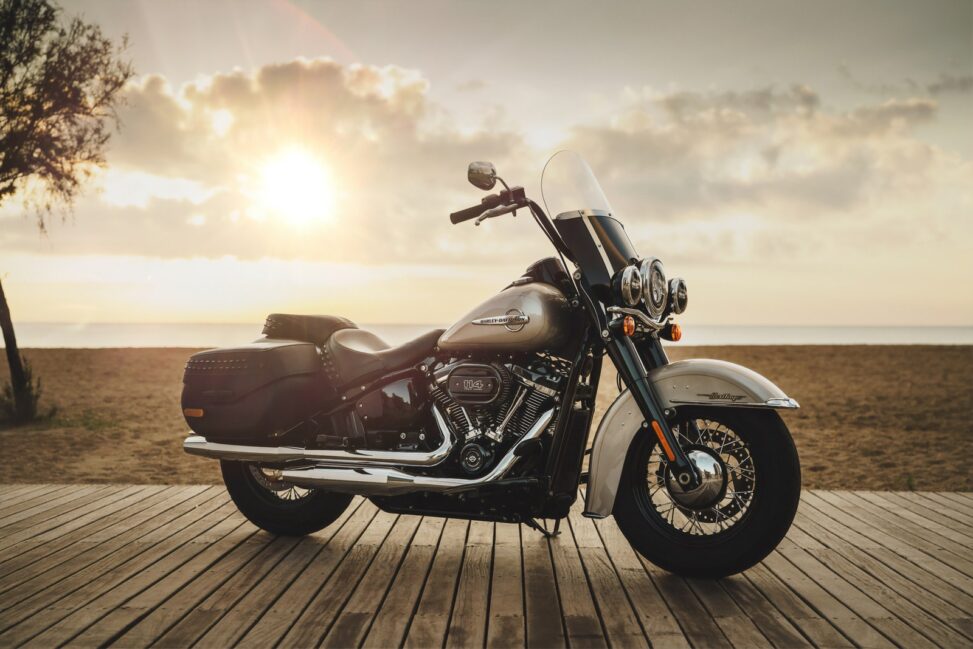Harley-Davidson is an American motorcycle manufacturer founded in 1903 in Milwaukee, Wisconsin. It was one of two major American motorcycle brands to survive the Great Depression, along with Indian. The company has survived numerous ownership arrangements, subsidiary arrangements, periods of poor economic health and product quality, and intense global competition to become one of the world’s largest motorcycle manufacturers and an iconic brand widely known for its loyal following. There are owner clubs and events worldwide as well as a company-sponsored brand-focused museum.
Harley-Davidson produces heavyweight motorcycles and offers a complete line of motorcycle parts, accessories, apparel, and general merchandise. They sell their products through a network of independent dealers and distributors located in more than 60 countries.
The company was founded in 1903 by William S. Harley and Arthur Davidson in Milwaukee, Wisconsin, when Harley designed a 116cc engine and attached it to a bicycle frame. In 1904, they produced their first motorcycle with a 405cc engine and by 1907, they were producing 1,000 motorcycles per year.
The first Harley-Davidson dealer opened in 1908 in Chicago, Illinois. In 1909, the company introduced the V-twin engine, which would become their signature engine. By 1913, they were producing over 3,000 motorcycles per year.
The company faced several challenges in its early years, including a recall in 1915 of 500 motorcycles due to a design flaw that caused them to break apart. They also had to deal with World War I, which limited their ability to import parts and materials.
In the 1920s, Harley-Davidson became the largest motorcycle manufacturer in the world, with over 32,000 units produced in 1927. The company introduced several new models in the 1920s, including the Sportster, which is still in production today.
The company was hit hard by the Great Depression, and by 1931, sales had dropped to just over 4,000 units. The company was saved by the introduction of the Servi-Car, a three-wheeled utility vehicle that was popular with businesses.
World War II again disrupted production, as the company was focused on producing military motorcycles and engines. After the war, Harley-Davidson resumed production of civilian motorcycles and introduced a number of new models, including the Hydra-Glide, which featured hydraulic forks.
In the 1960s, the company faced increasing competition from Japanese manufacturers, who were able to produce motorcycles that were lighter and more reliable than the Harley-Davidsons of the time. In response, the company introduced the Sportster, a lighter and more nimble motorcycle that was aimed at the younger riders that were being drawn to the Japanese bikes.
The company also began to expand its product line, introducing a number of new models, including the FX series of motorcycles, which were designed for off-road riding.
In the 1980s, the company was bought by the management team of Vaughn Beals and Jeffrey Bleustein. Under their ownership, the company began to focus on quality, introducing a number of new models that were well-received by the motorcycle press.
In the 1990s, the company faced more competition from Japanese manufacturers, as well as from a number of new American companies, such as Buell. In response, the company introduced a number of new models, including the V-Rod, which featured a fuel-injected, liquid-cooled engine.
Today, Harley-Davidson is the largest motorcycle manufacturer in the United States and offers a wide range of models, from the entry-level Sportster to the top-of-the-line Touring models. The company also offers a number of custom-built motorcycles, as well as a line of clothing and accessories.



